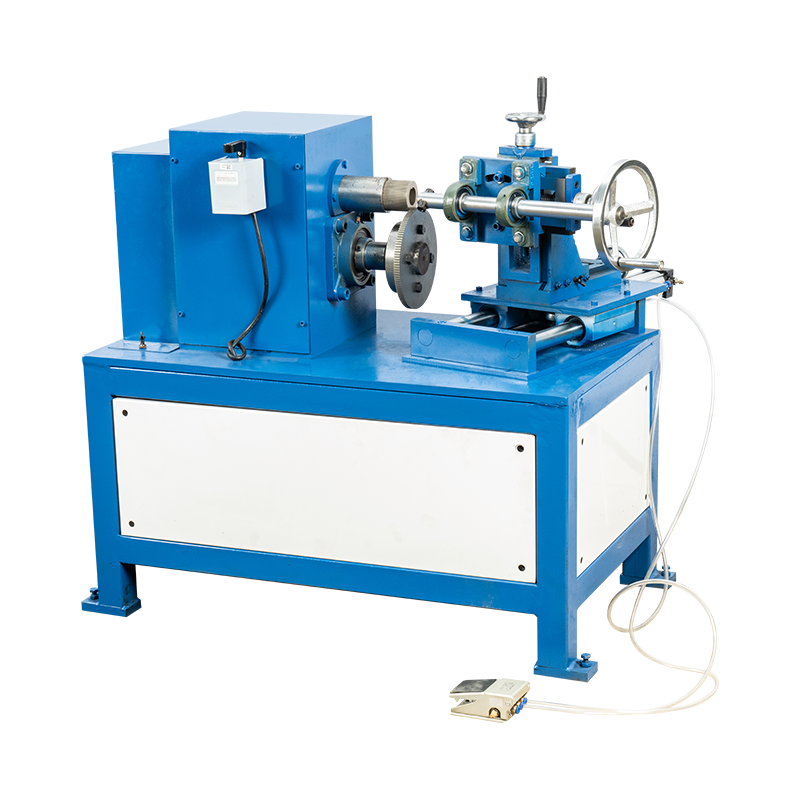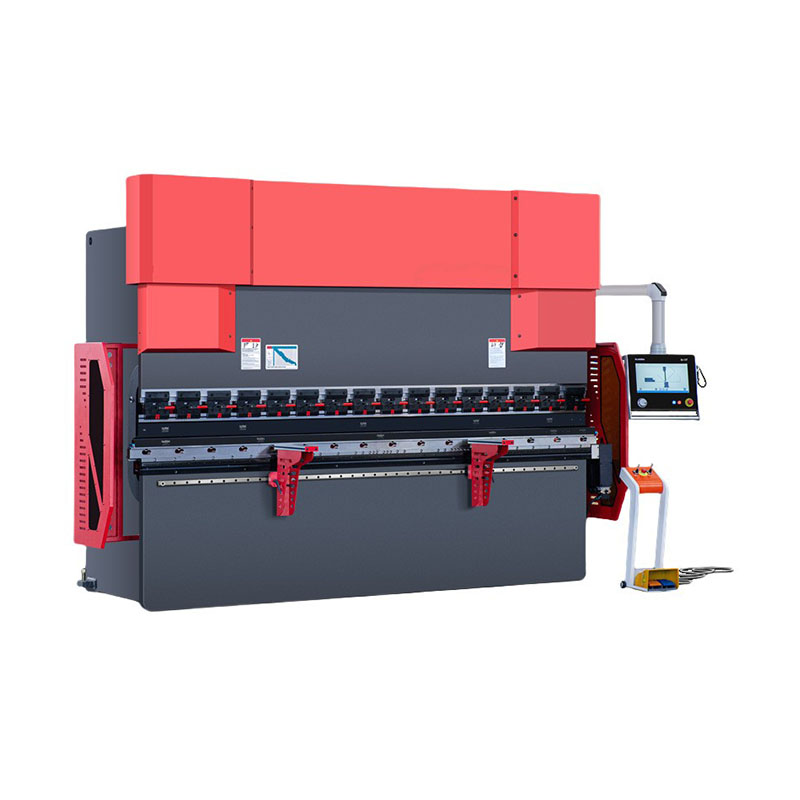Cat:Brush Making Machine
A common application is in the production of curved wire steel brush bowls, where precision trimming is essential to ens...
See DetailsConsistency in production is a critical factor for any manufacturing process, especially when it comes to producing brushes that demand uniform shape, density, and performance. Brush Making Machinery plays a central role in determining product reliability, but achieving consistent results requires more than just high-end equipment. It depends on a combination of precise setup, regular maintenance, skilled operation, and quality control. This article outlines essential practices that ensure uniform output from brush production lines.

Precise machine calibration and setup
To ensure consistency, every unit of production must begin from an accurately calibrated machine. Initial machine setup is vital, including alignment of tufting heads, feed mechanisms, hole patterns, and cutting systems. Even slight deviations in mechanical positioning can result in inconsistent bristle lengths, irregular tuft distribution, or asymmetric brush shapes. Most modern machines offer digital programming, and operators should take full advantage of these features to save and replicate configurations across different production runs.
Use of high-quality raw materials
Even the advanced Brush Making Machinery cannot compensate for inconsistent or poor-quality raw materials. Uniform filament diameter, strength, and flexibility are essential for reliable tufting results. Similarly, brush bases or handles should meet strict dimensional tolerances to ensure proper fit and alignment during the insertion process. Maintaining a stable supply of certified, quality materials helps eliminate one of the common sources of production variability.
Scheduled maintenance and preventive care
Mechanical wear is inevitable, but left unchecked, it can cause serious inconsistencies in brush production. Dull cutting tools, misaligned motors, or degraded sensors can all compromise quality. Implementing a preventive maintenance schedule that includes lubrication, parts replacement, and system calibration helps ensure smooth operation. Some manufacturers now incorporate diagnostic software into their Brush Making Machinery, alerting operators when tolerances are exceeded or service is due.
Trained operators and standardized procedures
Operator expertise plays a crucial role in maintaining consistency. Even with automation, human oversight is needed for programming, adjustments, troubleshooting, and visual inspections. Regular training ensures operators are familiar with machine capabilities, practices, and quality expectations. Moreover, standard operating procedures (SOPs) should be developed and followed closely to reduce variation between shifts or across different production teams.
Real-time monitoring and data analysis
Advanced Brush Making Machinery often includes sensors and digital output tracking that allow real-time monitoring of production parameters such as cycle time, defect rate, and filament insertion pressure. Collecting and analyzing this data can help detect small trends before they develop into larger inconsistencies. Using this information to fine-tune machine settings or identify faulty components causes more stable and repeatable production.
Quality checks during and after production
Consistency must be verified, not just assumed. Inline quality control systems, such as vision inspection cameras or measurement sensors, can check for tuft alignment, bristle height, and overall brush geometry during production. For higher assurance, periodic manual checks using gauges, scales, or comparison tools should also be conducted. Documenting quality checks allows for traceability and process improvement over time.
Environmental control
Temperature, humidity, and cleanliness of the production environment can also affect brush consistency. Certain synthetic filaments may expand or contract slightly with environmental changes, and dust or debris can interfere with bristle insertion. Keeping the production area stable and clean supports more predictable results and extends machine longevity.
In summary, achieving consistent results with Brush Making Machinery is a holistic process involving precision equipment, skilled personnel, controlled materials, and continuous monitoring. By taking a proactive, system-wide approach, manufacturers can ensure that every brush produced meets high standards for performance and quality, regardless of volume or batch.

A common application is in the production of curved wire steel brush bowls, where precision trimming is essential to ens...
See Details
High-Frequency Curved Wire Brush Segment MachineThe High-Frequency Curved Wire Brush Segment Machine is a specialized to...
See Details
The Abrasion-Resistant Non-Woven Fiber Wheel is an advanced abrasive tool designed for a wide range of metalworking appl...
See Details
A Precision CNC Bending Machine is a state-of-the-art piece of equipment designed for accurate and efficient metal sheet...
See Details+86-18867586928
Contact Us